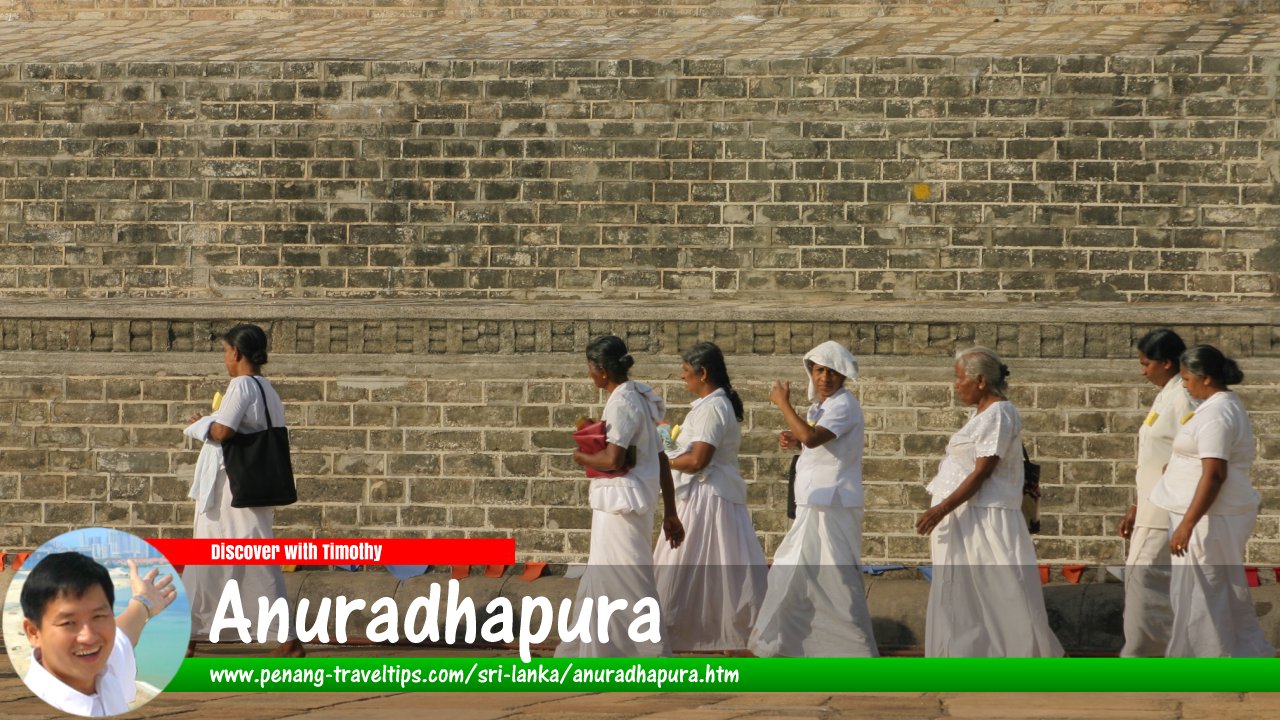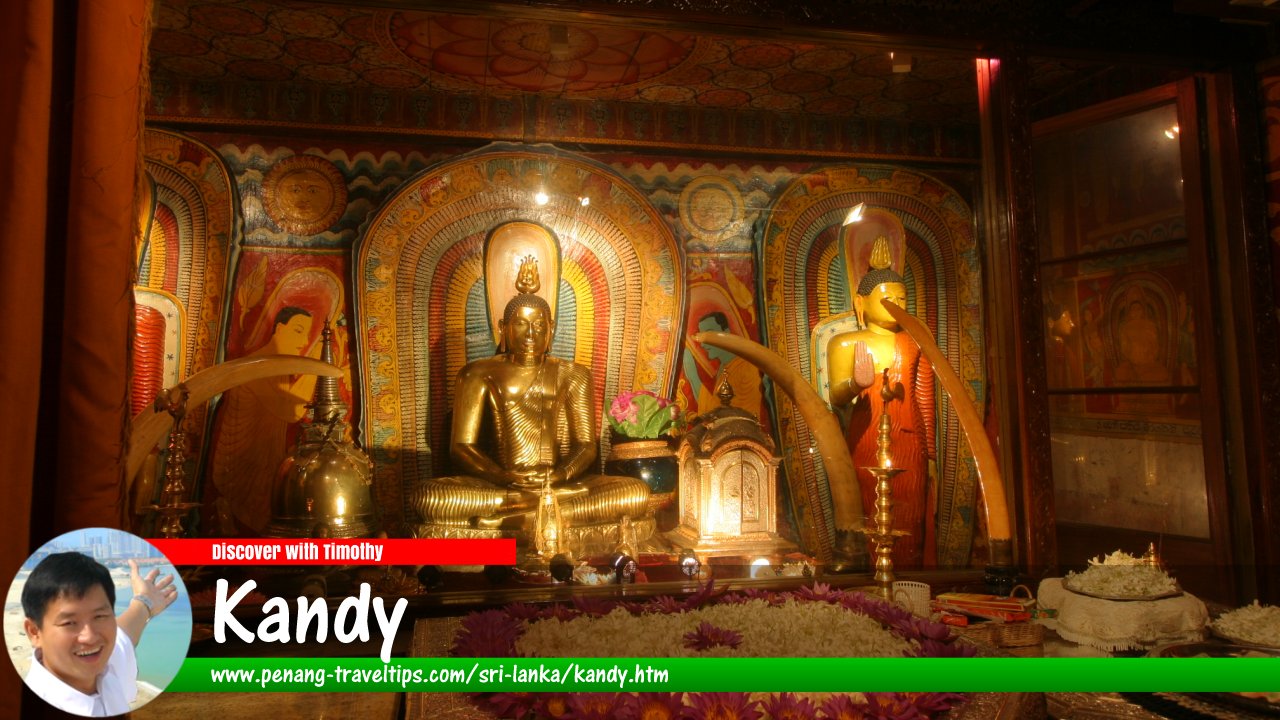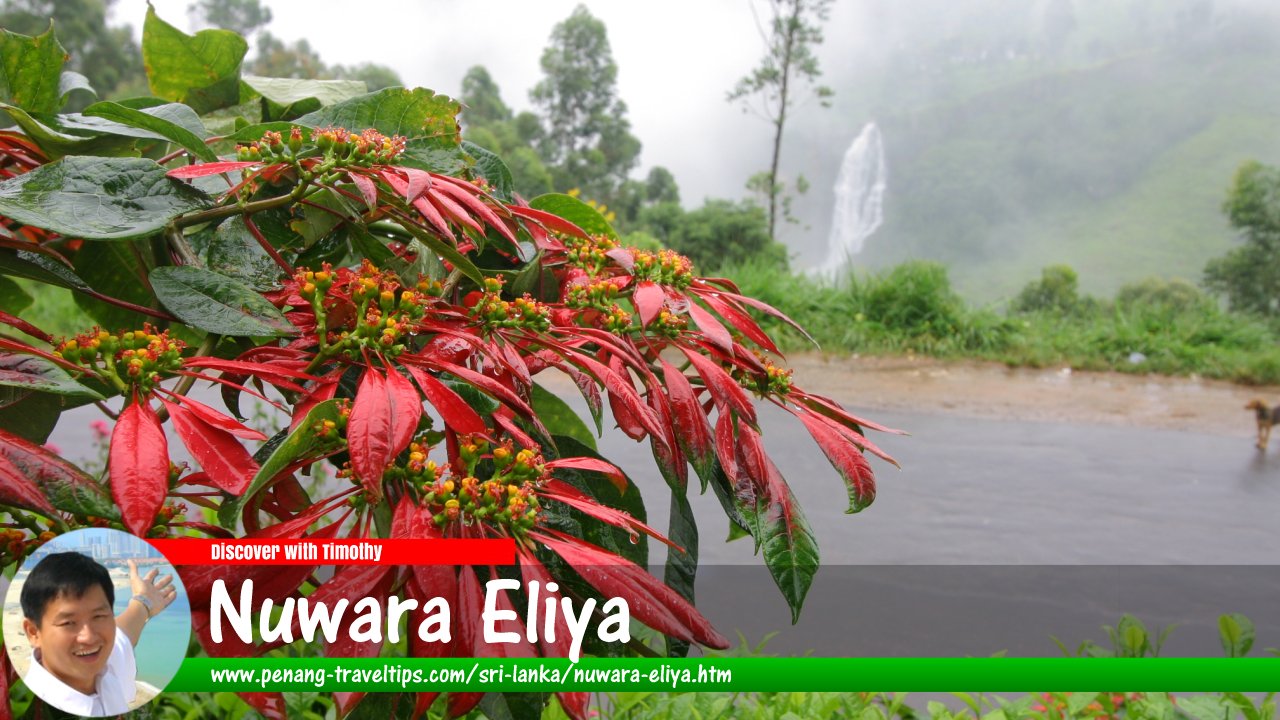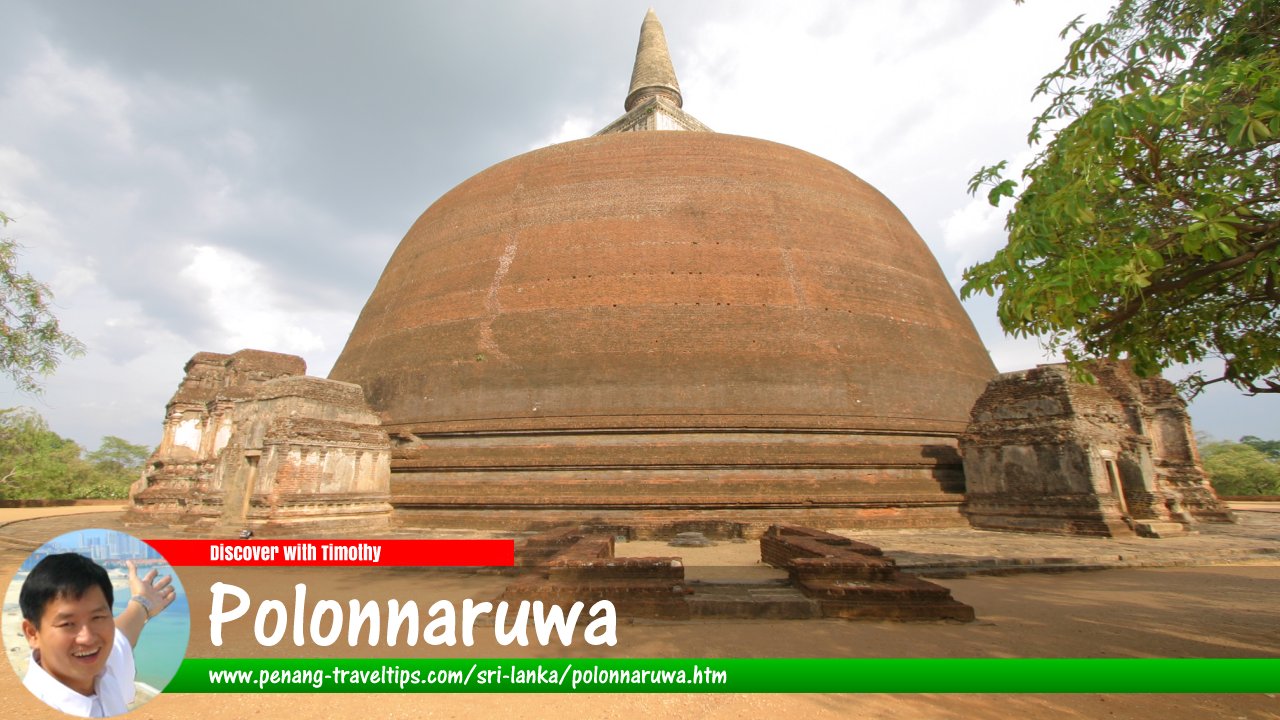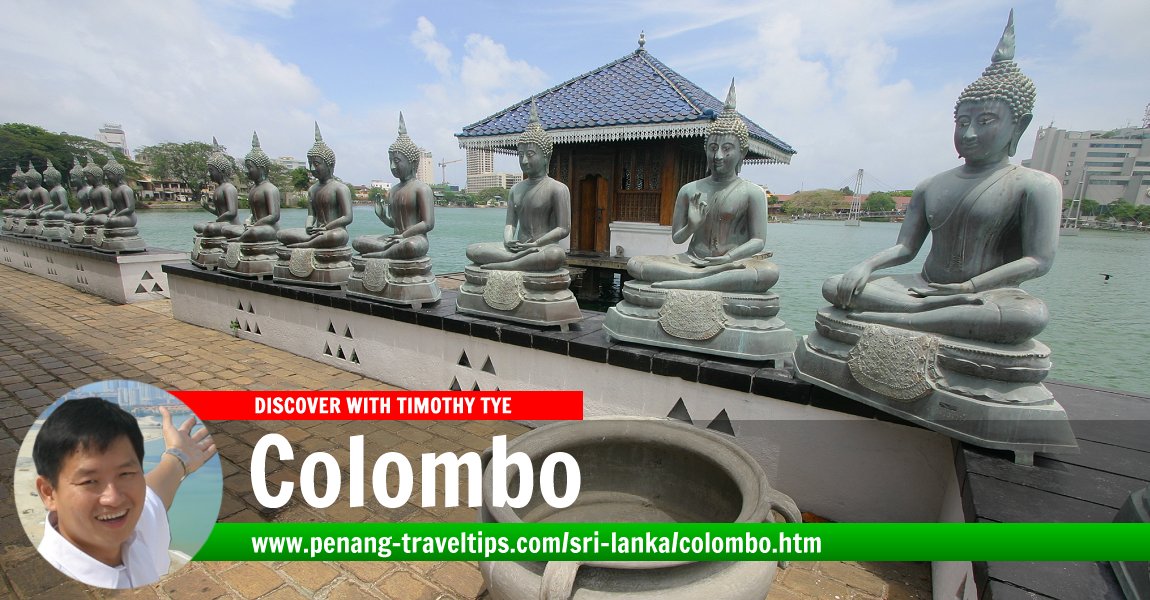 Colombo (8 August, 2019)
Colombo (8 August, 2019)
Colombo (Sinhala: කොළඹ; Tamil: கொழும்பு) is the largest city as well as the commercial centre for Sri Lanka. What is interesting which I recently discovered is that officially, Colombo is not the capital of Sri Lanka. That honour goes to Kotte, to be precise, Sri Jayewardenapura-Kotte, to the southeast of Colombo. While the administrative capital is located there since 1982, when the new building of the Parliament of Sri Lanka was inaugurated there, the nerve centre of Sri Lanka remains in Colombo. Well, that's a little trivia for geography puritans, for the majority of us, we'll just treat Colombo as the capital.
Map of colombo
Places of Interest in Colombo
- Asokaramaya Buddhist Temple (GPS: 6.89111, 79.8645)

- Bandaranaike Memorial Hall (GPS: 6.90168, 79.87337)

- Dutch Museum (GPS: 6.9361, 79.85158)

- National Museum (GPS: 6.91045, 79.86099)

- Colombo Old Town Hall (GPS: 6.93871, 79.85407)

- Fort Railway Station (GPS: 6.93325, 79.85028)

- Colombo Town Hall (GPS: 6.91562, 79.86347)

- Independence Memorial Hall (GPS: 6.90418, 79.86757)

- Jami-ul-Alfar Mosque (GPS: 6.9385, 79.85159)

- Seema Malakaya Meditation Centre (GPS: 6.91684, 79.85457)

- Sri Kailawasanathar Swamy Devasthanam (GPS: 6.93054, 79.85705)

- Viharamahadevi Park (GPS: 6.91339, 79.86174)

Districts of Colombo
- Fort (GPS: 6.93607, 79.84504)

- Galle Face (GPS: 6.92375, 79.84513)

- Pettah
I had the opportunity to explore Colombo on our final day of Sri Lanka. A small group of AsiaExplorers members and I walked the streets in the Fort and Pettah districts of Colombo, where most of the historical buildings are located. By coach we also explored further afield, visiting all the major landmarks of the city.
Colombo can trace its history as far back as 2000 years ago. It has already been a port known to Roman, Arab and Chinese traders. Throughout the ages, Colombo was the port through which much of the trade flows between the outside world and the Sinhalese kingdoms.
Muslims settled in Colombo since the 8th century. Their legacy can be seen today in the form of the Jami-Ul-Alfar Mosque in the Pettah district. Despite continuous unrest between Muslims and Tamils, there are in Colombo a few Hindu temples - known in Sri Lanka as kovil. This being a Buddhist country, there are no doubt plenty of Buddhist temples in Colombo. One of the most interesting, in my opinion, is the Asokaramaya Temple on Thimbirigasyaya Road.
When the Portuguese arrived in Colombo in the 16th century, they expelled the Muslims and built a fort to protect their monopoly on the spice trade. Next in line were the Dutch, who wrestled Sri Lanka from the Portuguese in 1656 after a long siege, at the end of which, there was only 93 Portuguese survivors within the fort.
In 1802, the British took over Sri Lanka from the Dutch, and made Colombo the capital of the crown colony of Ceylon, as Sri Lanka was known up till 1972, when it changed its name to Sri Lanka. The name Sri Lanka, which has its origin in Sanskrit, means "venerable Lanka". Lanka is a name that has long been associated with the island since ancient times.
More Sights in Colombo
- Beira Lake
- Captain's Garden Kovil
- Church of St. Anthony
- Cinnamon Gardens
- Colombo Zoo
- Crescat Shopping Mall
- Devatagaha Mosque
- Galle Face Green
- Gangaramaya Bhukku
- Gordon Gardens
- Grand Mosque
- Isipathanaramaya Temple
- Jandhipathi Mandiraya
- Kathiresan Kovil
- Kelaniya Raja Maha Vihara
- Kollupitiya Market
- Lighthouse Clock Tower
- Lionel Wendt Theatre
- Memm Harnafi Mosque
- Millennium Theme Park
- Mount Lavinia
- Muthumariamman Kovil
- Passenger Harbour Terminal
- Pillaiya Kovil
- Sivasubramania Temple
- St. Lucia's Cathedral
- Subodharmaya Temple
- Vajiramaya Temple
- Wolvendaal Kerk
 Latest updates on Penang Travel Tips
Latest updates on Penang Travel Tips
 Destination Sri Lanka
Destination Sri Lanka
Major Tourist Attractions of Sri Lanka

Copyright © 2003-2025 Timothy Tye. All Rights Reserved.

 Go Back
Go Back